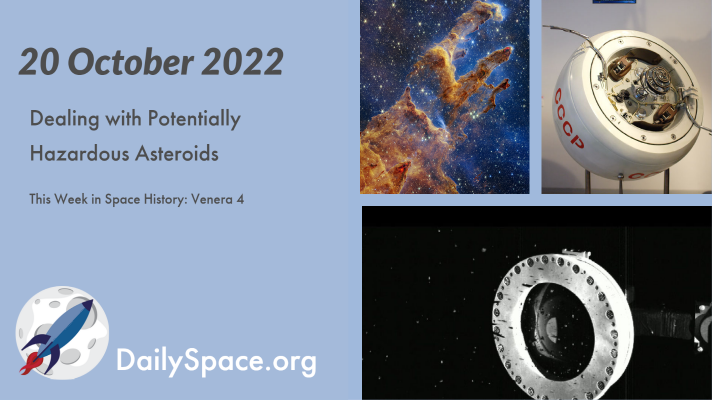
Oct 21, 2022 | Asteroids, Astrobiology, Curiosity, Daily Space, ESA, Galaxies, JAXA, JWST, Mars, OSIRIS-REx, Space History, Star Forming Region, Venus
A trio of asteroid-related stories crossed our emails this week: Bennu’s sample is on schedule for next year’s return, researchers have developed a tool to measure an asteroid’s density distribution, and 3200 Phaeton’s rotational period has accelerated. Plus, JWST’s new Pillars of Creation image, and this week in space history, we look back at Venera 4.
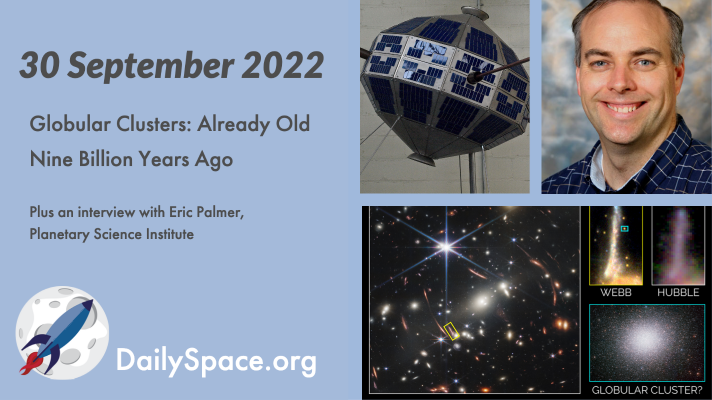
Oct 1, 2022 | Asteroids, Daily Space, DART, Exoplanets, Galaxies, Globular Cluster, Guest Interview, JWST, Space History, Spacecraft
The quest to understand the formation mechanisms of globular clusters was limited by the Hubble Space Telescope’s ability to peer back in time. Now, JWST’s larger mirror has allowed astronomers to find gravitationally lensed galaxies that have globular clusters almost nine billion years old. Plus, two new super-mercury exoplanets, This Week in Space History, and an interview with Eric Palmer about the DART mission.
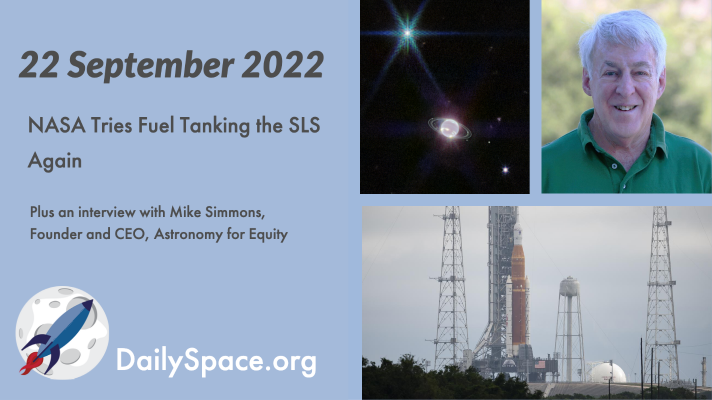
Sep 23, 2022 | Crewed Space, Daily Space, Guest Interview, JWST, Mars, Nebulae, Neptune, Rockets, ROSCOSMOS, Soyuz, Spacecraft
In advance of the next scheduled launch attempt, NASA conducted another test to fill the fuel tanks onboard the Space Launch System rocket. The results were mixed, but the launch is still on schedule. Plus, a crewed launch, beautiful images, and an interview with Mike Simmons from Astronomy for Equity about sending telescopes to underprivileged students.
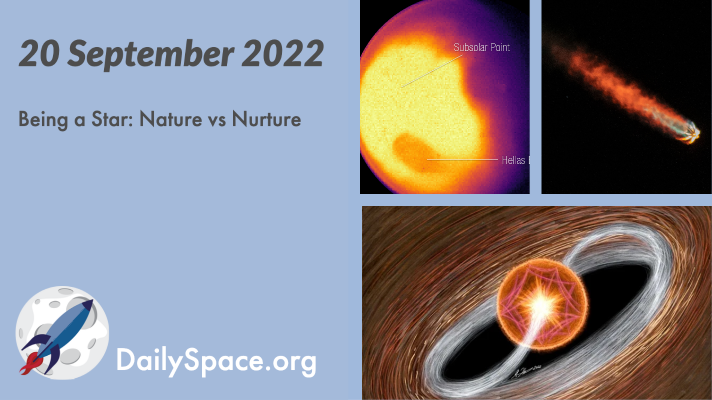
Sep 21, 2022 | Active Galaxies, Daily Space, Earth, Enceladus, ESA, Globular Cluster, Jupiter, JWST, Mars, Moon, Rockets, Saturn, Sky Watching, Spacecraft, SpaceX, Starlink, Stars, The Sun
Asteroseismologists are combining data from TESS, Kepler, and eventually, JWST to study stellar oscillations in ‘infant’ stars, with the goal of creating new models for how such young stars form and evolve over time. Plus, JWST images Mars, Hubble images stars, and SpaceX manages to launch another Starlink mission in spite of weather delays.
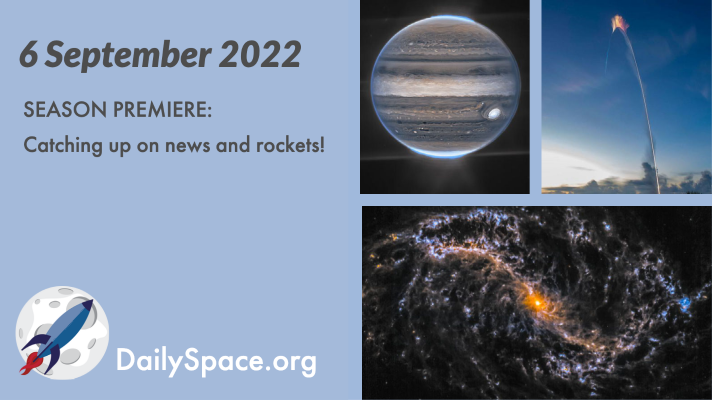
Sep 7, 2022 | Artemis, Blue Origin, Cosmology, Crewed Space, Daily Space, ESA, Exoplanets, Galaxies, ISRO, Jupiter, JWST, Mars, Mars 2020, Perseverance, Rocket Lab, Rockets, Space China, Space Policy, SpaceX, Starlink, Stars, The Sun
As we return from our summer hiatus, we are back with a rundown of some of the stories that came out during the break. On the planetary front, JWST has been taking amazing images and learning about exoplanets. On the astrophysics front, we’ve got stories on dark matter and Betelgeuse. And there were thirty orbital launches, including a whole lot of Starlinks… but not including Artemis.
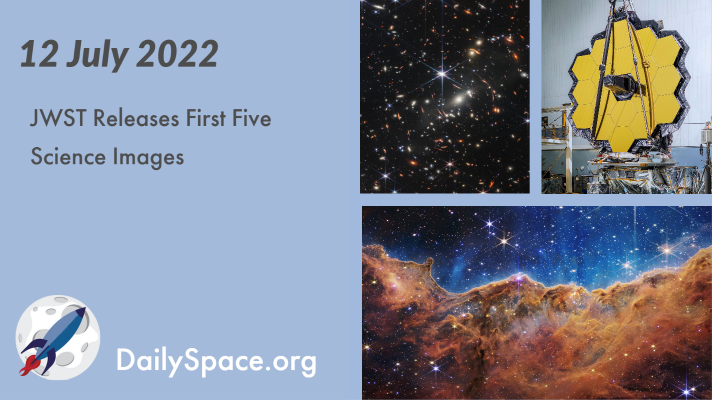
Jul 13, 2022 | Daily Space, ESA, Exoplanets, Galaxies, JWST, Nebulae, Planetary Nebulae, Star Forming Region, Stars
Starting with the stunning release of JWST’s first image of galaxy cluster SMACS 0723 on July 11, the bonanza continued the morning of July 12 with newly released images of Stephan’s Quintet, the Carina Nebula, the Southern Ring Nebula, and exoplanet WASP-96b. Plus, that controversial name and what’s ahead for the newest space observatory.








 We record most shows live, on Twitch. Follow us today to get alerts when we go live.
We record most shows live, on Twitch. Follow us today to get alerts when we go live.